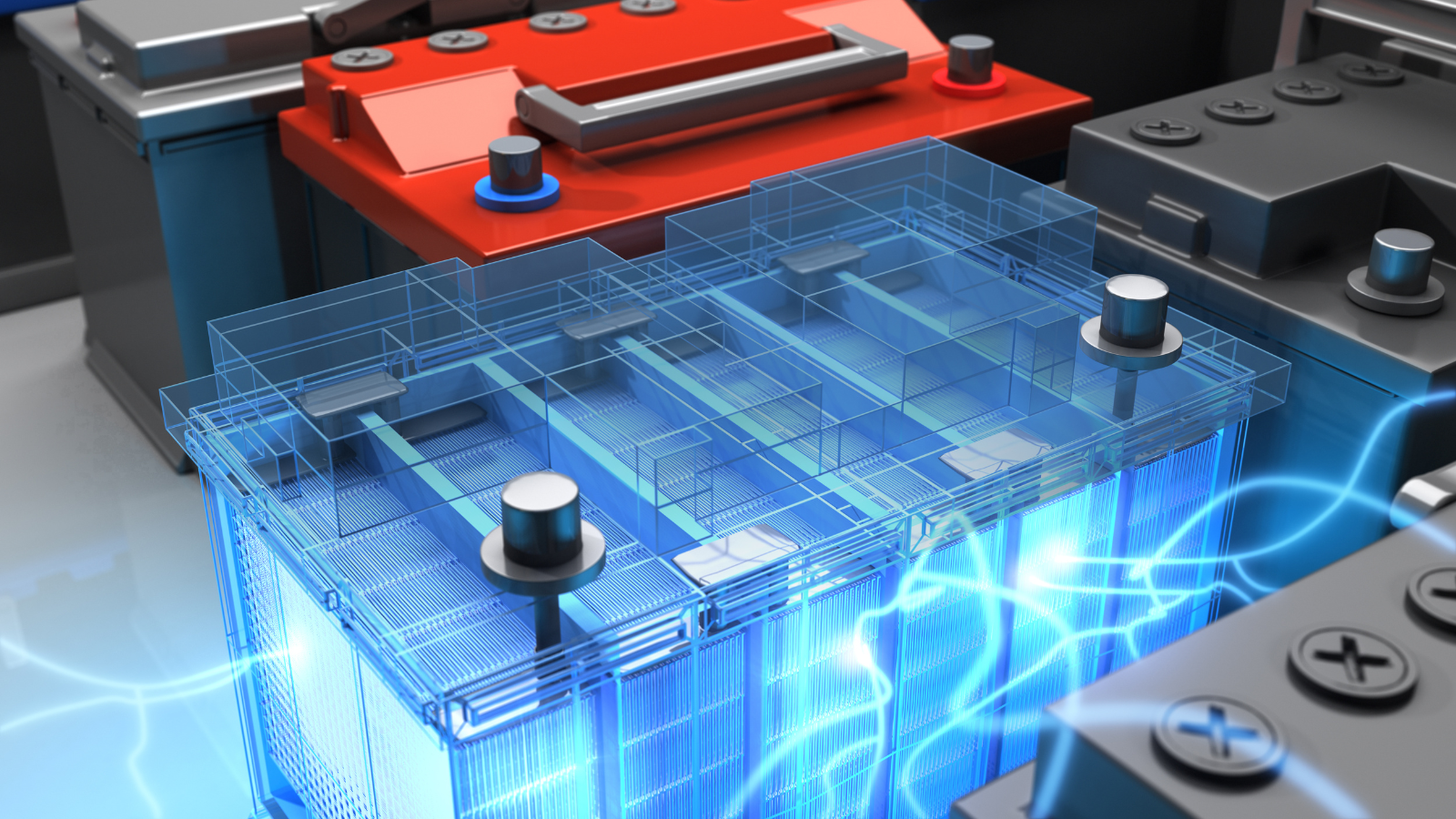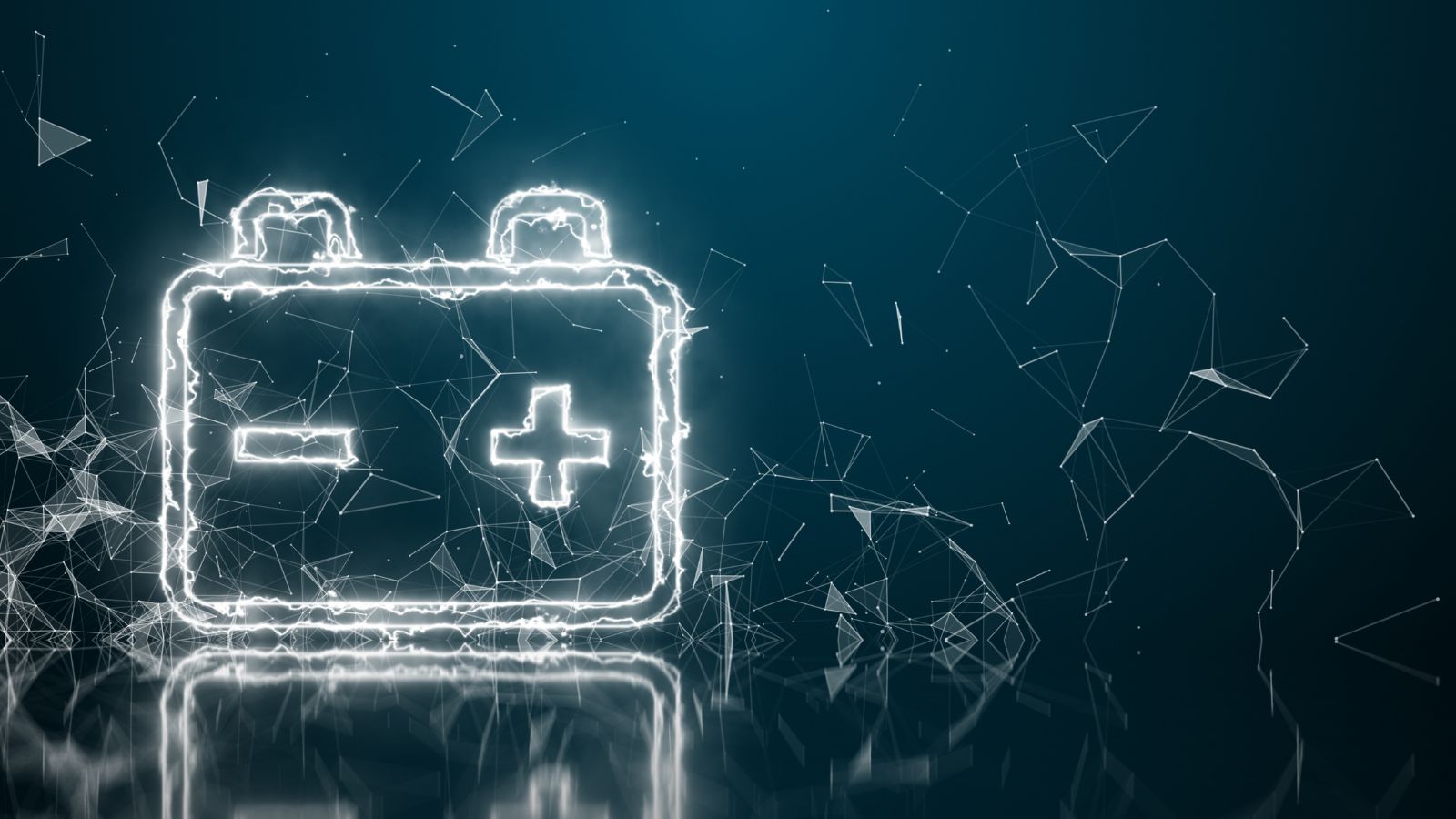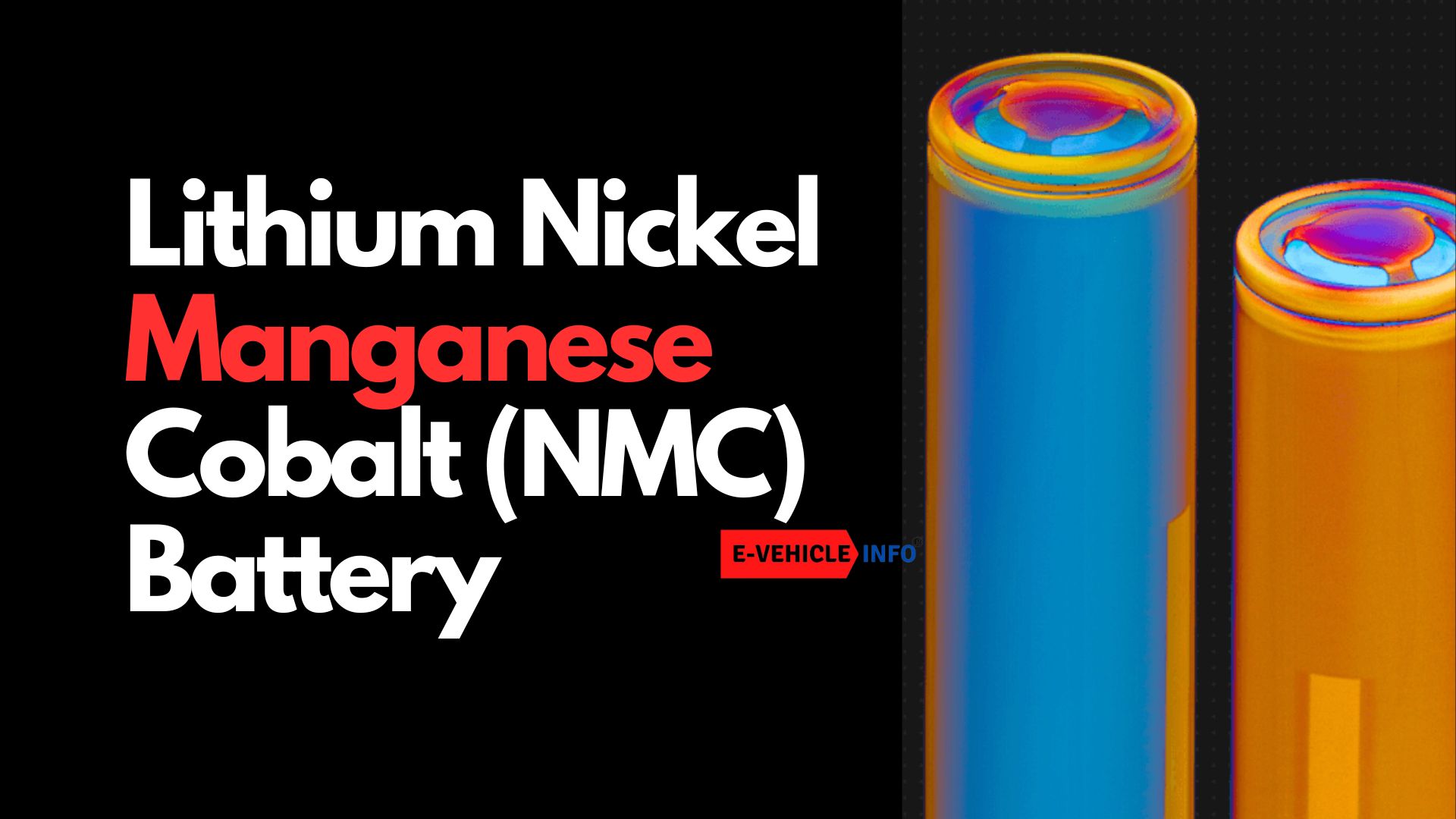Lithium Nickel Manganese Cobalt (NMC) Batteries
Lithium Nickel Manganese Cobalt (NMC) batteries are a type of lithium-ion battery that has gained significant attention in recent years due to their high energy density, improved safety features, and suitability for various applications, including electric vehicles (EVs). NMC batteries are known for their high energy density, relatively long cycle life, and improved safety characteristics compared to some other lithium-ion chemistries.
 Chemical Formula
Chemical Formula
The chemical formula for Lithium Nickel Manganese Cobalt (NMC) batteries is typically represented as Li[NiMnCo]O₂, where:
- Li represents lithium (Li⁺ ions).
- Ni stands for nickel.
- Mn stands for manganese.
- Co stands for cobalt.
- O₂ represents oxygen.
The numerical values within the square brackets indicate the relative proportions of nickel, manganese, and cobalt in the cathode material.
Electrochemical Reaction

NMC batteries operate based on the electrochemical reaction that occurs between the cathode and anode during charging and discharging:
Charging (Discharge Reaction):
Cathode (Positive electrode): Li[NiMnCo]O₂ → Li₁₋ₓ[NiMnCo]O₂ + xLi⁺ + xe⁻
Anode (Negative electrode): Graphite (C) → xLi⁺ + xe⁻ + C
Discharging (Charge Reaction):
Cathode (Positive electrode): Li₁₋ₓ[NiMnCo]O₂ + xLi⁺ + xe⁻ → Li[NiMnCo]O₂
Anode (Negative electrode): xLi⁺ + xe⁻ + C → Graphite (C)
During charging, lithium ions move from the cathode to the anode, and electrons flow through an external circuit. In contrast, during discharging, the lithium ions move back to the cathode, releasing energy to power a device or vehicle.
Charging and Discharging of Battery
The charging and discharging processes in NMC batteries are controlled by the flow of lithium ions (Li⁺) and electrons (e⁻) between the cathode and anode. The key steps involved are as follows:
Charging:
- During charging, an external voltage is applied across the battery terminals.
- Lithium ions (Li⁺) are extracted from the cathode and move through the electrolyte toward the anode.
- Electrons (e⁻) flow through the external circuit from the cathode to the anode.
- Lithium ions are intercalated into the anode material (typically graphite), storing energy in the battery.
Discharging:
- When the battery is in use (discharging), the stored energy is released.
- Lithium ions migrate from the anode to the cathode through the electrolyte.
- Electrons flow from the anode to the cathode through the external circuit.
- Energy is delivered to the device or vehicle as the lithium ions intercalate into the cathode material (NMC), completing the circuit.
Anode and Cathode of Lithium Nickel Manganese Cobalt (NMC):

Cathode (Positive Electrode):
The cathode in an NMC battery is typically composed of lithium nickel manganese cobalt oxide (Li[NiMnCo]O₂). The cathode material is where lithium ions (Li⁺) are stored when the battery is charged, and it releases these ions during discharge. The cathode is the source of the transition metal ions (Ni²⁺, Mn⁺⁺, Co²⁺) that participate in the electrochemical reactions.
Anode (Negative Electrode):
The anode in an NMC battery is typically made of graphite (C). The anode serves as the host material for lithium ions during charging. When the battery is charged, lithium ions from the cathode are extracted and intercalated into the graphite anode. During discharge, these lithium ions are released from the anode and migrate back to the cathode through the electrolyte.
Advantages of NMC Batteries
- High Energy Density: NMC batteries have a high energy density, which allows for longer driving ranges in electric vehicles and longer-lasting power in portable electronic devices.
- Improved Safety: Compared to some other lithium-ion chemistries, NMC batteries have enhanced safety features, including lower risk of thermal runaway and improved stability.
- Long Cycle Life: NMC batteries can endure numerous charge and discharge cycles, making them suitable for long-term use.
- Versatility: NMC batteries are versatile and can be tailored with varying nickel, manganese, and cobalt ratios to optimize performance for specific applications. This flexibility allows for the customization of battery chemistry to meet various performance and cost requirements.
- Reduced Cobalt Dependence: By reducing the cobalt content, NMC batteries help mitigate concerns related to cobalt sourcing and environmental impact.
Comparison table of various types of lithium-ion batteries, including NCA, NMC, LMO, LTO, and LFP (LiFePO₄), based on different characteristics and properties
| Characteristic/Property | NCA (Nickel Cobalt Aluminum) | NMC (Nickel Manganese Cobalt) | LMO (Lithium Manganese Oxide) | LTO (Lithium Titanium Oxide) | LFP (Lithium Iron Phosphate) |
|---|---|---|---|---|---|
| Cathode Composition | Nickel, Cobalt, Aluminum | Nickel, Manganese, Cobalt | Manganese, Lithium | Titanium, Lithium | Iron, Phosphate, Lithium |
| Anode Composition | Graphite or Silicon | Graphite | Graphite or Lithium | Lithium Titanate | Graphite or Carbon |
| Voltage Range (V) | 3.6 – 4.2 | 3.6 – 4.2 | 3.6 – 4.2 | 2.4 – 2.7 | 3.2 – 3.3 |
| Energy Density (Wh/kg) | High | High | Moderate | Low | Moderate |
| Power Density (W/kg) | High | High | High | High | Moderate |
| Cycle Life (Number of Cycles) | Moderate to High | High | Moderate | Very High | High |
| Charge/Discharge Efficiency (%) | 90 – 95 | 90 – 95 | 90 – 95 | 95 – 98 | 95 – 99 |
| Operating Temperature Range (°C) | -20 to 60 | -20 to 60 | -20 to 60 | -30 to 55 | -20 to 60 |
| Thermal Stability | Moderate | Moderate | Moderate | Excellent | Excellent |
| Safety | Moderate to High | Moderate to High | Moderate to High | Very High | Very High |
| Cost | Moderate to High | Moderate | Low to Moderate | High | Low to Moderate |
| Common Applications | Electric Vehicles (EVs), Portable Electronics | EVs, Energy Storage, Portable Electronics | Portable Electronics, Power Tools | EVs, Energy Storage, Industrial Applications | EVs, Energy Storage, Solar Applications |
Top 10 Companies Using NMC Batteries in Their Vehicles Globally
Tesla’s Model 3 and Model Y were known to use NMC battery packs.
Nissan’s electric vehicle, the Nissan Leaf, utilized NMC batteries.
The Chevrolet Bolt EV featured NMC batteries.
BMW’s electric models, such as the i3 and iX3, used NMC batteries.
The Ford Mustang Mach-E employed NMC battery technology.
Hyundai’s Kona Electric and Ioniq Electric utilized NMC batteries.
Kia’s e-Niro and Soul EVs were equipped with NMC battery packs.
Volkswagen’s ID.3 and ID.4 electric models incorporated NMC batteries.
Audi’s e-tron series, including the e-tron and e-tron Sportback, featured NMC battery packs.
Jaguar’s I-PACE electric SUV used NMC batteries for power storage
List of Indian companies which used NMC batteries in their vehicle:
Tata Motors has been a prominent player in the Indian EV market. Their electric cars, such as the Tata Nexon EV and Tigor EV, were known to use NMC battery packs.
Mahindra had plans to introduce electric vehicles that could potentially use NMC batteries. They already had some EV models like the eVerito and e2oPlus in their portfolio.
Hero Electric is primarily focused on electric two-wheelers. While they primarily use lead-acid and lithium-ion phosphate batteries, they might explore NMC batteries in the future as the technology evolves.
Bajaj Auto, in partnership with KTM and Husqvarna, has shown interest in electric two-wheelers. They may consider NMC batteries for future electric motorcycle models.
Ather Energy, an Indian electric scooter manufacturer, has gained attention for its high-performance electric scooters. They primarily use lithium-ion batteries but could explore NMC chemistry for future models.
Ola Electric, a subsidiary of Ola Cabs, has ambitious plans for electric scooters and electric two-wheelers. They might consider NMC batteries for their upcoming vehicles.
Revolt Motors, known for its electric motorcycles, may explore NMC batteries in their future models to enhance performance and range.
Ultraviolette Automotive is working on electric motorcycles and could potentially use NMC batteries in their vehicles.
Tork Motors is another Indian electric motorcycle manufacturer that might explore NMC battery technology for improved performance and range.
Electrotherm, known for its Yo Bykes electric scooters, could consider NMC batteries to enhance the range and performance of its products.
Read More Battery Chemistry










